Windows 10: Channel Chimes In With Pros, Cons Of OS
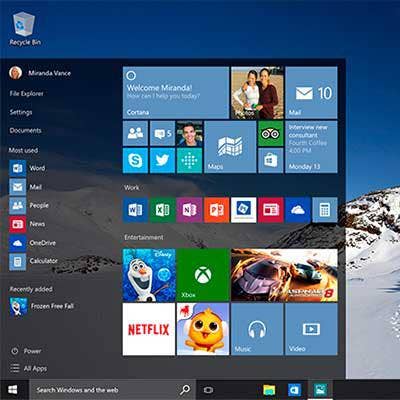
Get Ready For Windows 10
Windows 10 launches July 29 and Microsoft partners are bracing for its impact on their business and bottom line. There are a slew of new features that partners are applauding, but also some features and facts that don't have them so excited.
Partners contacted by CRN almost unanimously note the enhanced security features of Windows 10 as one of the biggest highlights of the new Microsoft OS, in addition to the introduction of the Cortana digital assistant.
However, some partners voiced disapproval for the automatic updating aspect of Windows 10 and how it could make Windows 10 less profitable to manage. In addition, some partners said they don't see their customer base clamoring for the new OS, as they are taking a wait-and-see approach while current Windows 7 platforms still run smoothly.
Here are five pros and five cons regarding Windows 10, according to Microsoft partners.
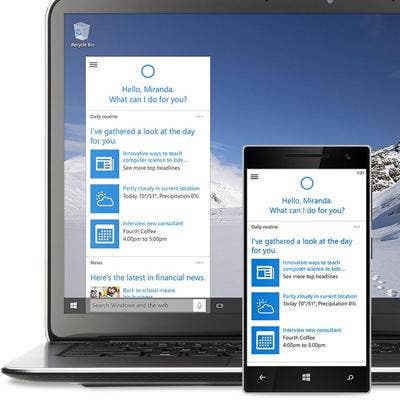
Pro: New And Improved Cortana
Cortana is the digital assistant currently running on Windows Phone. The enhanced digital assistant now on Windows 10 can search for items and information, or make appointments on the Windows 10 Calendar App, among other features. Cortana also can detect traffic when asked for directions, allowing users to adjust their travel time accordingly. Of course, Cortana is Microsoft's answer to Android's Google Now and Apple's Siri. What's interesting about Cortana is it will be a digital assistant on a desktop PC, rather than just on smartphones and tablets.
Ric Opal, vice president at Peters and Associates, a Microsoft partner in Oakbrook Terrace, Ill., emphasized the usefulness of Cortana compared with the digital assistants of some other platforms.
"If Cortana is a teenager, then Siri is a toddler," he said. "It is not even close in my opinion what one is able to do compared to the other."
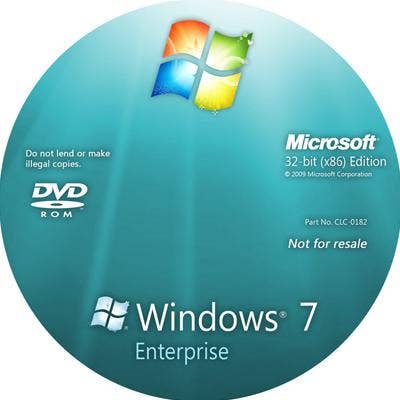
Con: Legacy Windows ’Good Enough'
Thanks to myriad cloud services and applications, Windows 7 and Windows 8.1 are just fine for now. ’Can users get what they need done with Windows 7? Absolutely,’ said Todd Swank, senior director of product marketing at Equus, a systems builder based in Minnetonka, Minn.
’Businesses will migrate to Windows 10, but for now most IT managers are saying, ’If it's not broke, don't fix it',’ he said.
For some laggards, Windows XP still suits them just fine. Microsoft, however, stopped support for Windows XP in April 2014. XP is still the third most popular OS with 12 percent market share behind Windows 7 with 61 percent market share and Windows 8.1 with a 13 percent share, according to Net Applications.
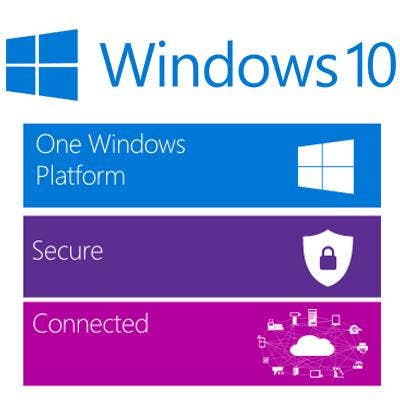
Pro: Positive (Cloud) Economics
For Sidepath, an Irvine, Calif.-based solution provider and Dell partner, Windows 10 doesn't represent a huge new revenue opportunity, but rather a catalyst for growth related to cloud services.
Windows 10 will have a ripple effect driving associated sales, said Gino Guidi, solutions architect at Sidepath. Cloud integration with Windows 10 vs. Windows 7 is night and day, Guidi said.
Out of the box, Windows 10 is ready for a host of Azure services such as Azure Active Directory and other cloud applications such as OneDrive.
Azure Active Directory allows users to log into cloud-based services such as Office 365 and use those credentials to seamlessly access network resources without multiple login prompts.
The promise of a more cloud-centric OS, partners say, will drive new lines of business such as virtual desktop infrastructure, selling Office 365 licenses, building out private clouds and configuring disaster recovery over a network.
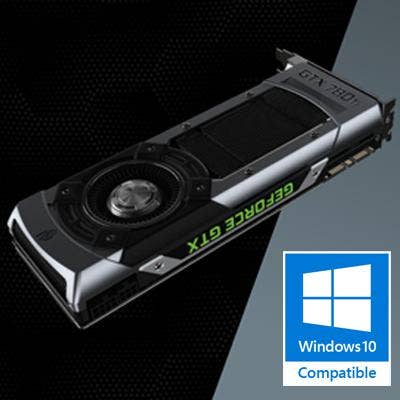
Con: Printer, Scanner And Peripherals Compatibility
While Microsoft always downplays hardware incompatibility, any OS brings system admins face to face with the ultimate question: "What copier, scanner, printer and peripheral will not work with my new OS?"
While we are still waiting for Microsoft to release its final code, which had not been done at press time, there already are a number of postings popping up in user groups regarding some AMD graphics cards, specific CPU models and some printers not supporting Windows 10.
To be fair, many peripheral makers may still be updating their Windows 10 drivers. But still, Microsoft is notorious for not supporting out-of-date hardware that is just too time-consuming for Microsoft developers to support.
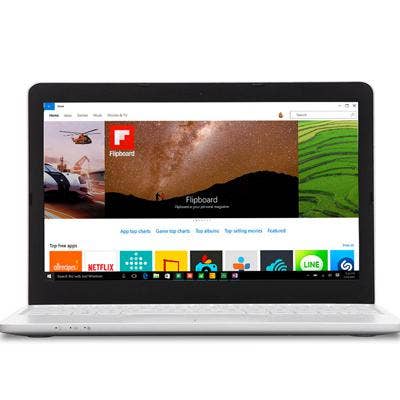
Pro: App Development
Microsoft partners say Windows 10 has a big impact on app development and the Microsoft app ecosystem. With Windows 10 being on mobile devices and PCs, Microsoft has made it easier for developers to build an app and interchange it toward the screen size.
"I view what they are doing here as a positive for app development. It's going to open up the market," said Stephen Monteros, vice president of business development and strategy at Ontario, Calif.-based Sigmanet, a Microsoft partner specializing in application development. "They are not inclusive of the platforms they are growing. The most recent data of PC sales show a big decline as people move to mobility. Tying it together opens up to the app dev community the platforms they are going to be using. In tying mobility together with Windows 10, it shows they are tuned into what's really going on, and that means the developers will come."
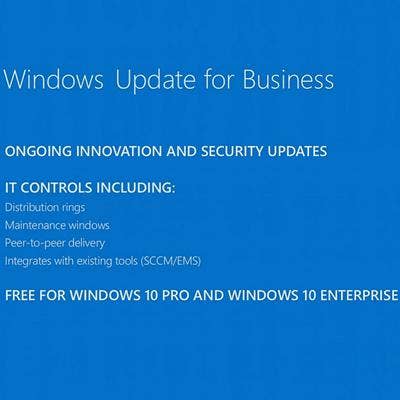
Con: Upgrades
One aspect of Windows 10 that some partners voiced their displeasure for revolves around automatic updates for the OS. When updates to the OS become available, companies using anything other than Windows 10 Pro and Windows 10 Enterprise will receive automatic updates without notification. Some partners say that by taking a service out of their hands, Microsoft is costing them money.
"The whole operating-system as-a-service concept has never sat well with partners," said Douglas Grosfield, president and CEO of Xylotek Solutions, a Cambridge, Ontario-based Microsoft partner. "You lose an opportunity there because you lose the update service. People will always be up to date so we lose the opportunity to drive revenue."
For Windows 10 Pro and Enterprise, Microsoft has introduced Windows 10 Update for Business. This update releases software patches and security updates in a three-tier distribution ring – fast, moderate and slow. Partners can choose which PCs are updated the fastest and if a PC will receive an update at all.
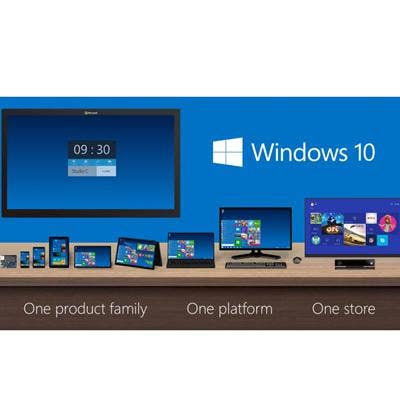
Pro: Continuum
Windows 10 is not just an OS for your desktop or laptop PC. It will be the OS running on Windows smartphones and tablets as well. So how will that work exactly? Continuum, that's how.
Continuum allows the operating system to shift between a desktop/laptop operating system and an OS for a mobile device. This is a clutch feature for Surface Pro devices and similar tablets/PCs. It allows users to be more comfortable with the machine or device they are using.
"Continuum, having the ability to dynamically switch interfaces that prefer a more PC-like desktop or one that takes advantage of a touch screen, that's a great thing," said Xylotek's Grosfield. "With Continuum, you get a better measure of control with features like virtual desktops, allowing you to create multiple desktop views."
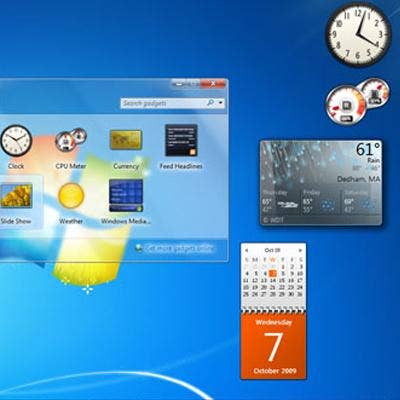
Con: Loss Of Features
For some it comes down to not wanting to lose features that are either part of Windows 7 and Windows 8.1.
Window Media Center, which is used to play video, music and other media since its introduction in 2002, is going away in Windows 10. Gone is that single interface to access videos, music and pictures. Gone is that TV-like interface that supported TV tuners and DVR functionality and the ’Extender’ feature that allowed users to stream Windows Media Center content to multiple devices.
Also gone are Windows 7 Desktop Gadgets that allowed users to monitor CPU utilization, hard drive speed, network status and also listen to streaming radio stations and keep an eye on the weather forecasts.
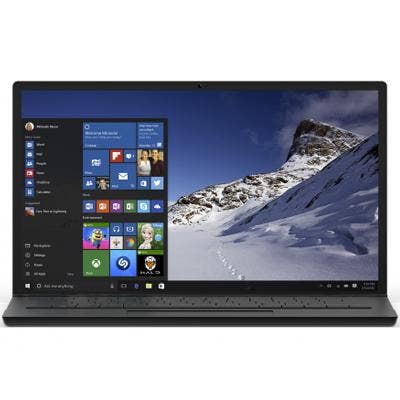
Pro: Security
Microsoft partners point to the enhanced security features in Windows 10 as the biggest factor of the OS for enterprise use. With two-factor authentication support, data loss prevention and the ability for IT managers to encrypt corporate apps, emails, data and other content, the new OS delivers the security IT admins require in the age of sophisticated cyberthreats.
"The enhanced security features will make the operating system more resilient against malicious software, giving the end user a more secure experience, especially browsing," said David Geevaratne, president of New Signature, a systems integrator and Microsoft partner based in Washington, D.C. " Microsoft Edge is the new browser, the browser that gives a more secure and streamlined experience and that experience of the new browser will allow for better adoption."
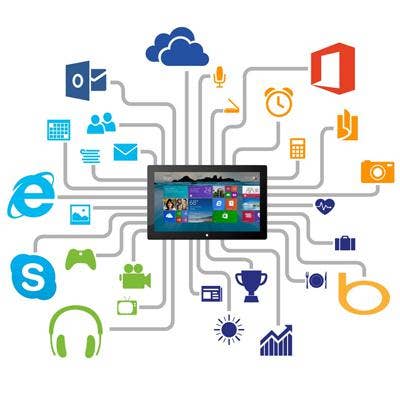
Con: Migrating Legacy Apps
Some Microsoft partners noted that they "don't see a rush" to Windows 10 from clients. With any new operating system, there is a concern that a business' hardware or software will not be supported. While most Windows users are still using Windows 7, there is a long jump for them to migrate to Windows 10, meaning more risk that their applications will not be supported.
Rick Jordan, director of mobility sales at Tenet Computer Group, a Toronto-based solution provider and Microsoft Silver partner, said his customers won't be first in line to adopt Windows 10 as they would rather take their time to phase in Windows 10.
"We don't see our clients rushing to it," he said. "There are some real good features, but there are a lot of enterprise organizations that have to make sure their legacy structure can support their legacy applications. They have to ensure that the transition from Windows 7 to Windows 10 makes sense. It's the application migrating, the record management in health care, for example. It requires a lot more planning."